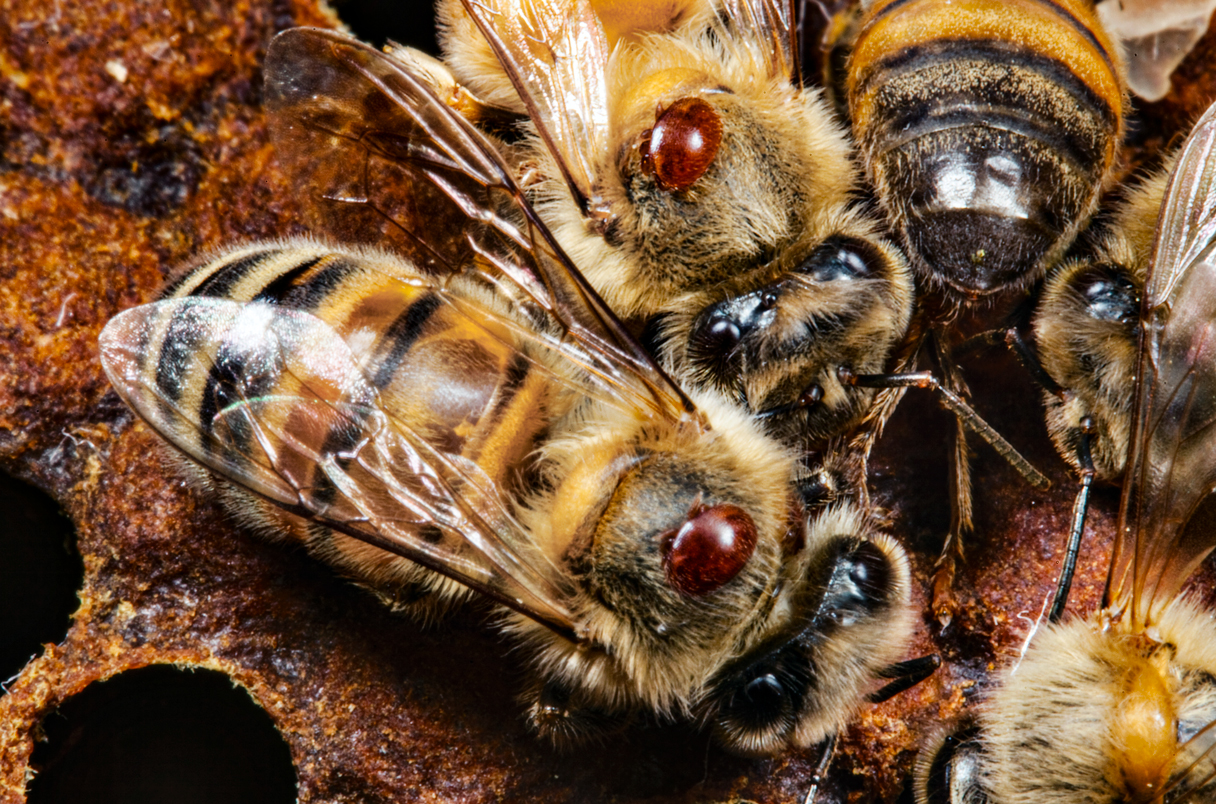



Article by: Hari Yellina
Authorities in NSW are still optimistic they can contain the varroa mite despite the fact that more than 15 million bees have been euthanized across 31 contaminated properties. According to NSW Agriculture Minister Dugald Saunders, bees from 1533 hives have been wiped out between the central and mid-north coasts of the state as well as at Narrabri in the northwest. According to him, there are a lot of bees, he told reporters on Thursday. Since the parasite was initially discovered at the Port of Newcastle on June 22, each hive has anywhere from 10,000 to 30,000 bees, which means between 15 million and 45 million bees have been put to death in an effort to manage the disease.
In NSW, there were reportedly 315,100 hives before the mite was found. When an industry gets ravaged like this, the minister added, “(bees) do breed up again very quickly, but it’s about making sure you’ve got all the people still wanting to stay in the sector.” It’s devastating for those affected, according to acting Australian Honey Bee Industry Council chief executive Danny Le Feuvre. According to Mr. Le Feuvre, “It’s obviously heart-breaking for the people concerned, especially the beekeepers who have invested a lot of time and energy into developing their companies, constructing their hives, and caring for them.” “I have no idea how they must be feeling right now.” However, he said that the measures were required to safeguard the larger sector.
The “only way that we’re going to be able to remove it” is what we’re currently experiencing, he claimed. Representatives of the almond sector are urging hives to be moved in time for pollination in August despite the fact that a prohibition prohibiting bee movement is still in effect in NSW. The lockdown remained in place for the time being, but Mr. Saunders expressed confidence that a solution will soon exist to move the hives. It’s important to avoid running the danger of spreading a deadly disease to areas where it isn’t already present, according to Mr. Saunders. If we can find a reliable method of determining where hives may originate in order to contribute to pollination, and if everyone feels safe about how that can work, then fantastic.”
The minister expressed continued optimism that the dangerous mite might be contained but stressed the importance of beekeepers’ ongoing cooperation. “Everything we are doing continues to be effective. As anticipated, we are uncovering more affected locations. The good news is that they are all interconnected. There hasn’t been a sudden epidemic anywhere. Everything related to a prior case has recently come to light, and that is significant. A specialist from New Zealand, which was affected by the varroa mite 21 years ago, arrived this week to offer guidance. The issue of commercial beekeeping compensation is still being resolved, and those in need of counselling are being provided. “People are feeling a bit desperate, and everywhere we’re looking now there’s flooding as well. It just adds to the stress,” Mr Saunders said.